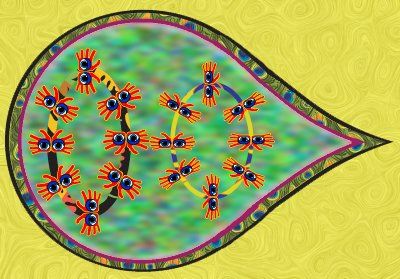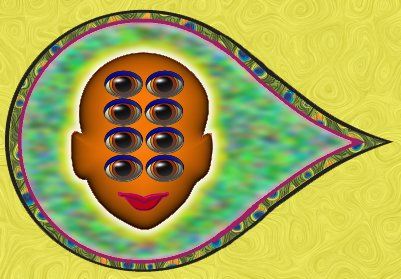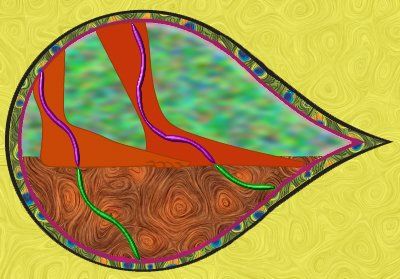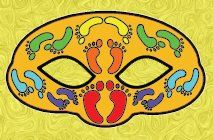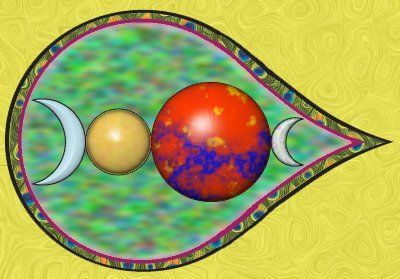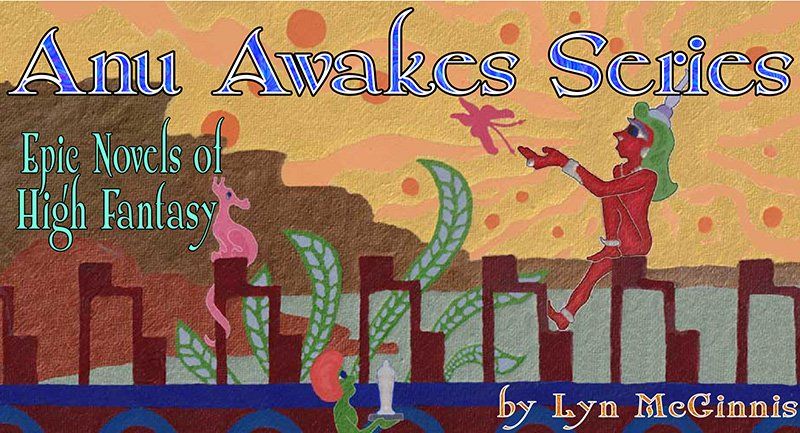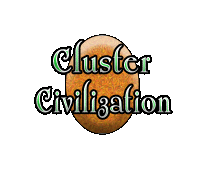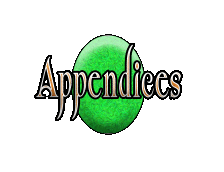
The traditional Four Circle/Cluster Virtues are ‘Kindness, ‘Comfort,’ ‘Openness,' and ‘Patience.’ These were formulated before the beginning of the Greater Era of the Primary Epoch by the Uluvatu Masters and continued by the Koru in the Secondary Epoch. Each virtue has many images associated with it. There are also a few images meant to symbolize all four combined. Each of these may also be linked to one, two or more Tatchlan Faces and one of the moons in full or partial phase. The Danam Yelda added four virtues, ‘Reciprocity,’ ‘Interlacing,’ ‘Ensemble,’ and ‘Equilibrium,’ bringing them to eight. This second group of four virtues usually does not have any reference to the Faces or moons associated with them.
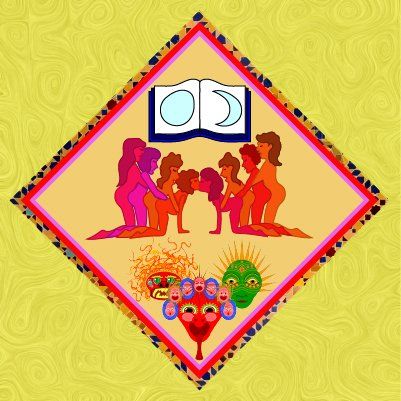
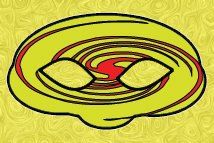
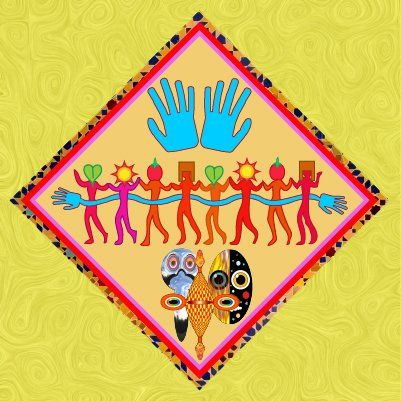
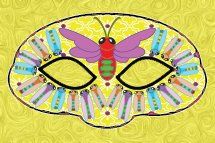
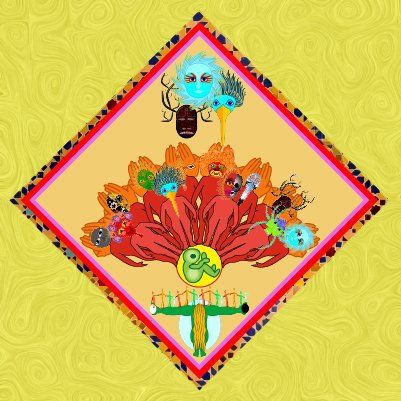
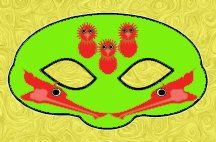
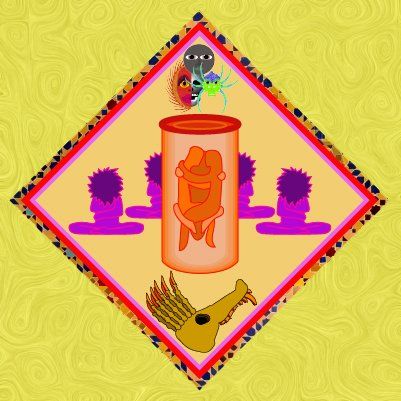
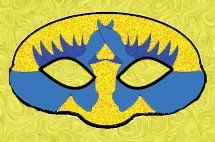
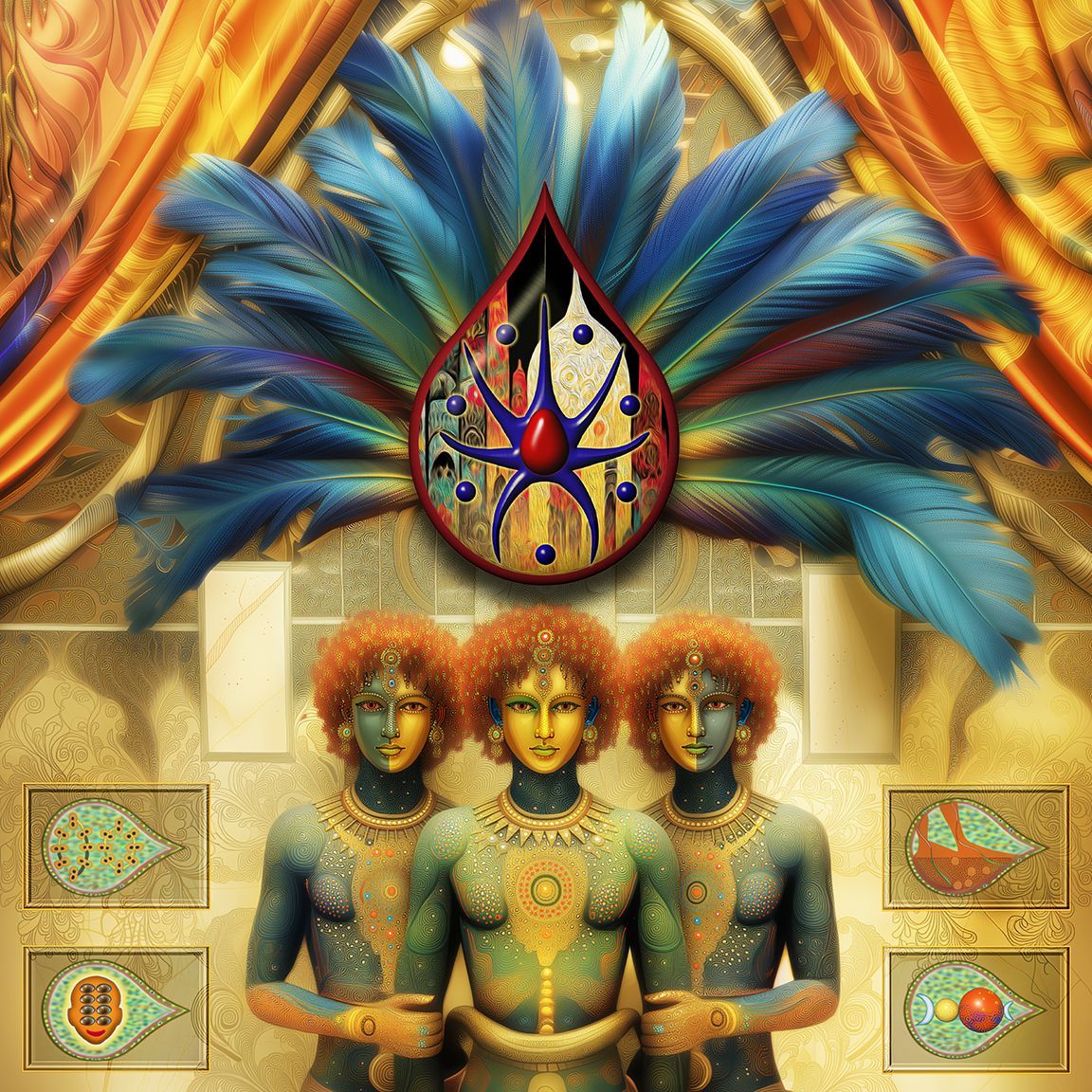
This multifarious installation of the Dreamer Triplets in this novel forms part of the entranceway to the Mantle Museum of the first Dynasty of the Danam Yelda, the Upata-Shepsus Dynasty. The Mantle enveloped the feet of the first Majastas in 48,719 UKC, one hundred and sixty years after the Ceremonial Walk ended at The Plateau. The lineage of Majastas Upata-Shepsus the First extends back to this illustrious Circle of Eight of the Danam Cluster and even further back to the ancient Sama Cluster (Amarel Mountain). Despite being but eighteen years of age, these three moved from being Dark Blue Gem triplet Mundanes to powerful Dreamers able to discern novel patterns within the ‘Splendid Yeldic Body’ within the Living System of Tatchlan, leading to the formulation of the ‘Four New Cluster Virtues.’
